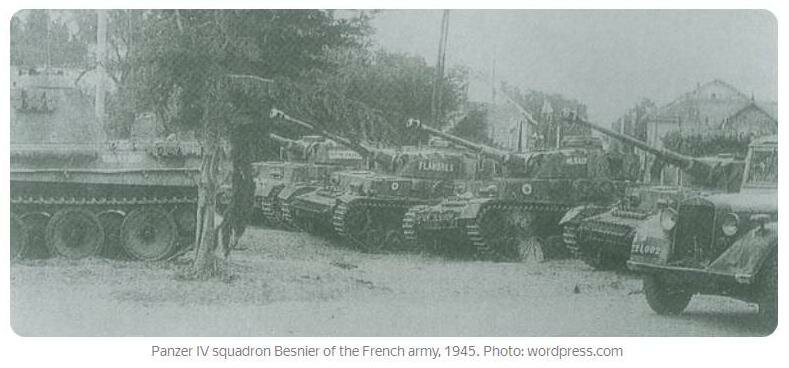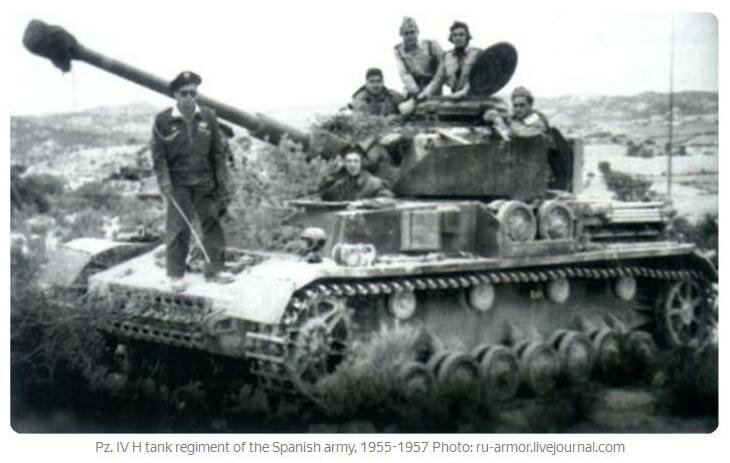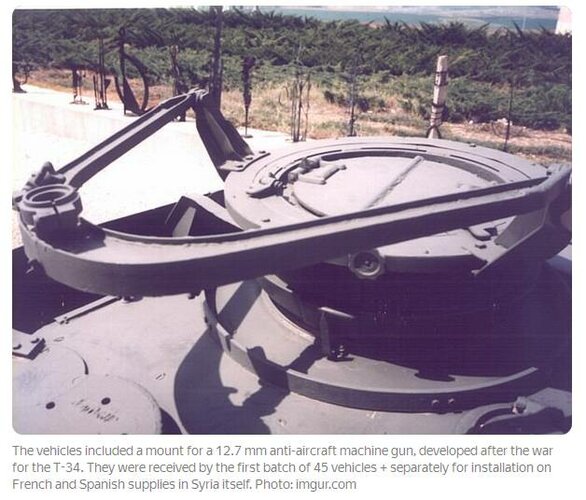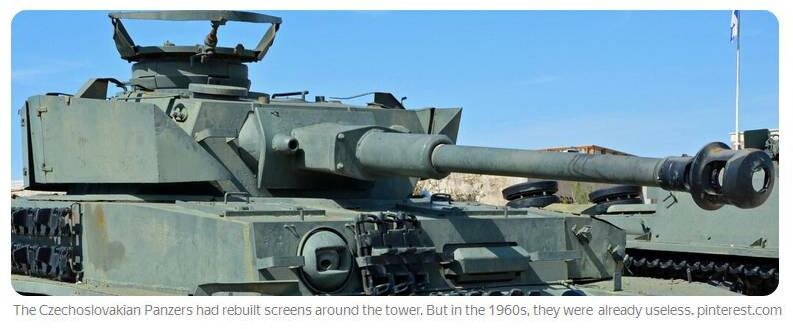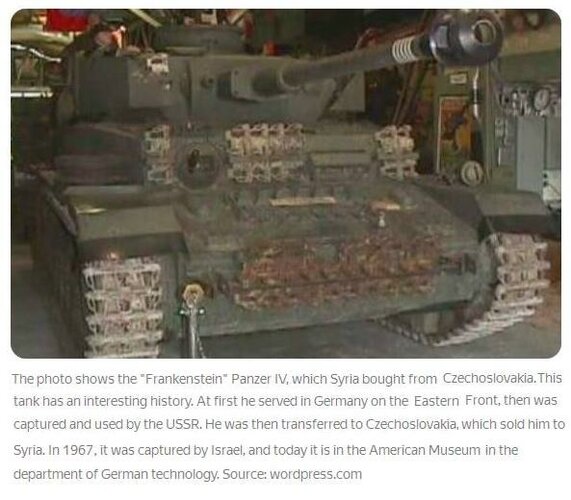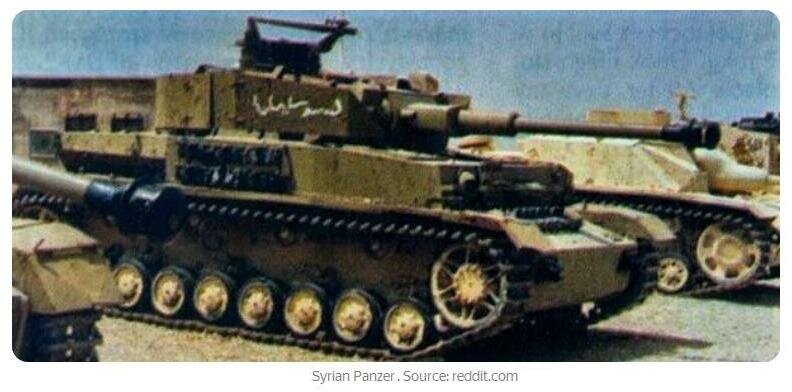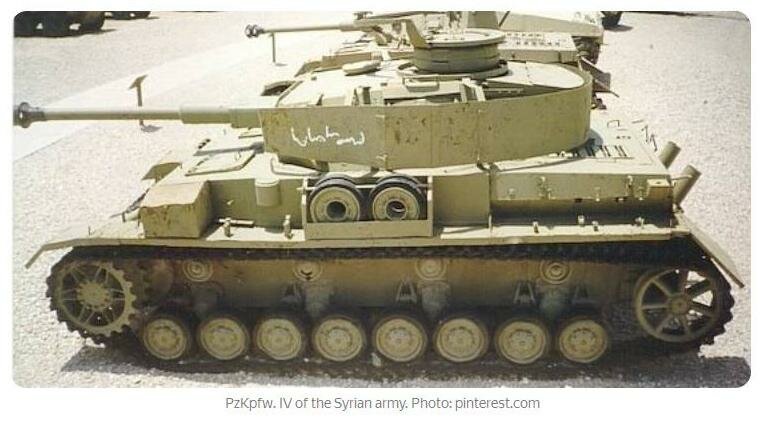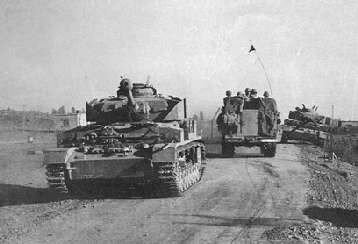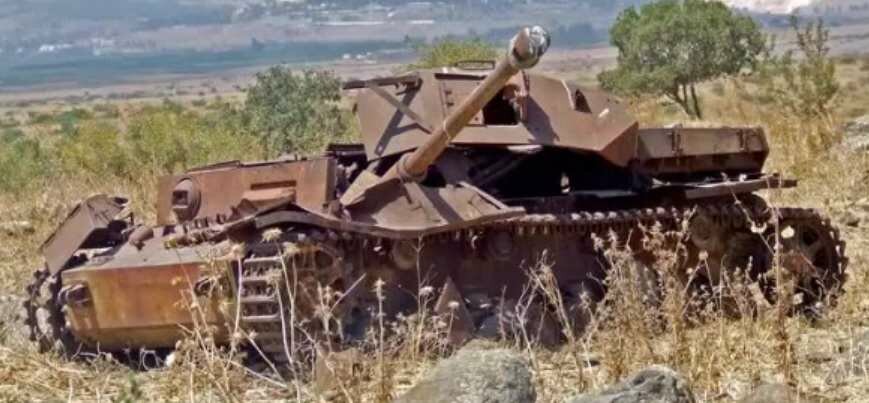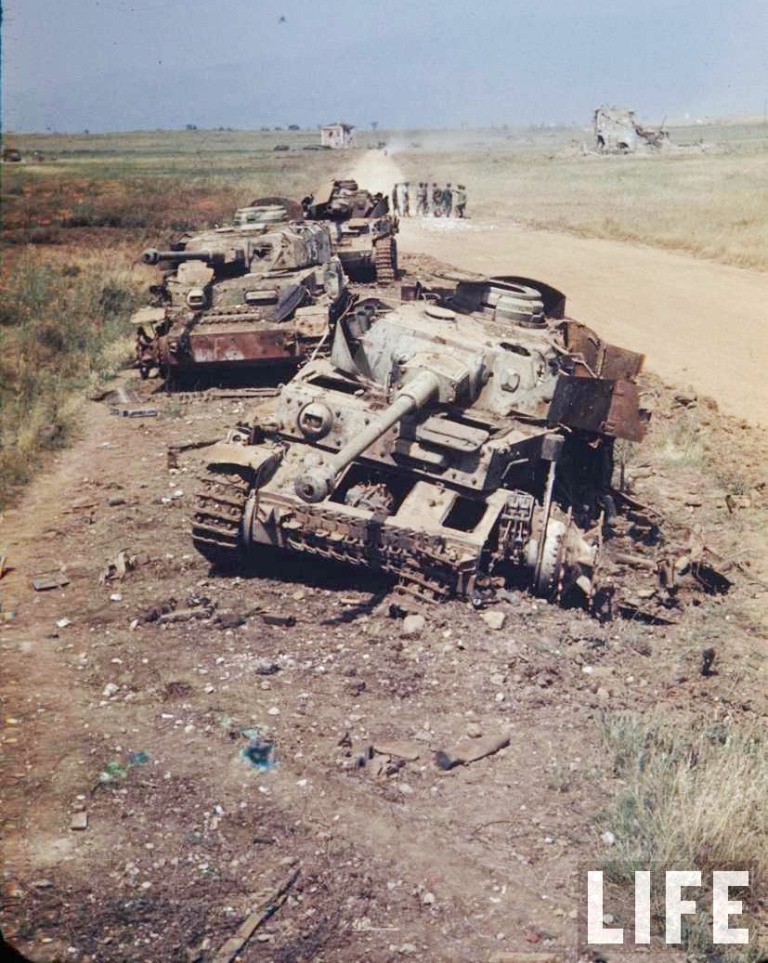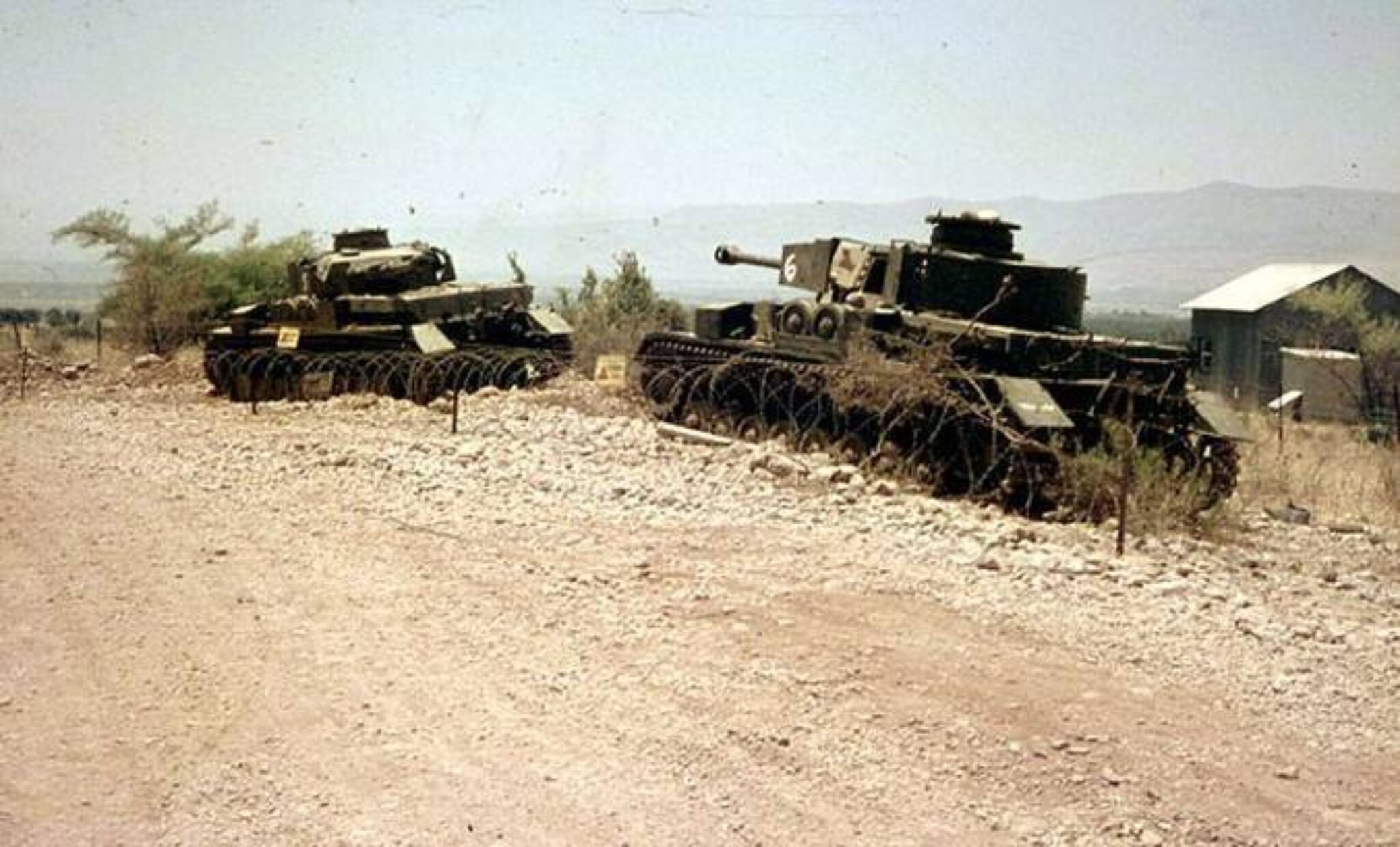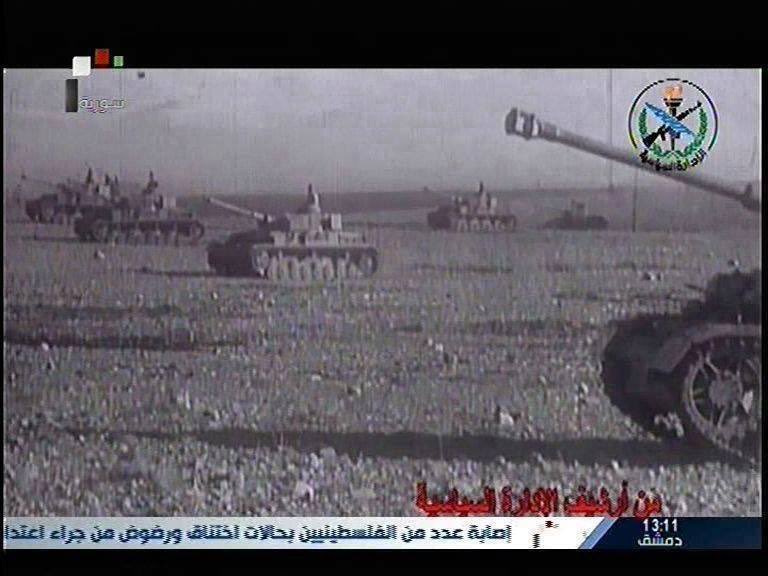klem
I really should change my personal text
- Joined
- 7 March 2015
- Messages
- 618
- Reaction score
- 1,246
After the end of any war, all countries are working to clear the landscape of cities and fields of the country of all military equipment, which is logical and normal.this material, from the intact abandoned to totally damaged, as it was a spoils of war, it was subject to intelligent recovery according to the choices envisaged by each country (Temporary exploitation, Industrial recycling, Destruction, legal sale, Smuggling) to fill a little or a lot of the coffers of the State Treasury.
Syria acquired German equipment and Panzer IVs from various countries, France being the first to contribute. In 1948, after the creation of Israel, France anxious to maintain relations with Israel and Syria and in order to balance the sale of weapons to one side by offering something to the other and seen that some Pz. IV were just gathering dust in its warehouses, they sold them to Syria in 1950-51, thus making a good deal.And in 1958, a second contract was signed for 15 various armored vehicles.As a result, Syria received 60 vehicles of varying suitability.In 1960, no more than 30 operational tanks were available and ready. The second contribution came from Czechoslovakia, because in May 1945, the Soviets established a staging ground for German tanks in Milovice, about 40 kilometers north of Prague. In January 1947, about 245 Pz.IV had been transferred to the Czechoslovak army and remained in service until the end of 1954, when they began to gradually replace them with the T-34.So opportunities for availability, then the Syrians in April 1955 agreed to buy 45 tanks.The agreement of the purchase included repairs, a full load of ammunition and a limited offer of spare parts. The tanks were delivered to Syria in early November 1955.The third contribution comes from Spain,About 17 Panzer IVs came from Spain in excellent condition. They were all Ausf H versions with a 75mm KwK 40 cannon, improved transmission, an electric turret, smoke grenade launchers, a cast sprocket, and more.These tanks were part of a 1943 Spanish order for 20 vehicles. In December 1965, they left for Syria in completely original and good condition (3 remained in Spanish museums).However, these vehicles did not take part in future battles.
Syria acquired German equipment and Panzer IVs from various countries, France being the first to contribute. In 1948, after the creation of Israel, France anxious to maintain relations with Israel and Syria and in order to balance the sale of weapons to one side by offering something to the other and seen that some Pz. IV were just gathering dust in its warehouses, they sold them to Syria in 1950-51, thus making a good deal.And in 1958, a second contract was signed for 15 various armored vehicles.As a result, Syria received 60 vehicles of varying suitability.In 1960, no more than 30 operational tanks were available and ready. The second contribution came from Czechoslovakia, because in May 1945, the Soviets established a staging ground for German tanks in Milovice, about 40 kilometers north of Prague. In January 1947, about 245 Pz.IV had been transferred to the Czechoslovak army and remained in service until the end of 1954, when they began to gradually replace them with the T-34.So opportunities for availability, then the Syrians in April 1955 agreed to buy 45 tanks.The agreement of the purchase included repairs, a full load of ammunition and a limited offer of spare parts. The tanks were delivered to Syria in early November 1955.The third contribution comes from Spain,About 17 Panzer IVs came from Spain in excellent condition. They were all Ausf H versions with a 75mm KwK 40 cannon, improved transmission, an electric turret, smoke grenade launchers, a cast sprocket, and more.These tanks were part of a 1943 Spanish order for 20 vehicles. In December 1965, they left for Syria in completely original and good condition (3 remained in Spanish museums).However, these vehicles did not take part in future battles.

